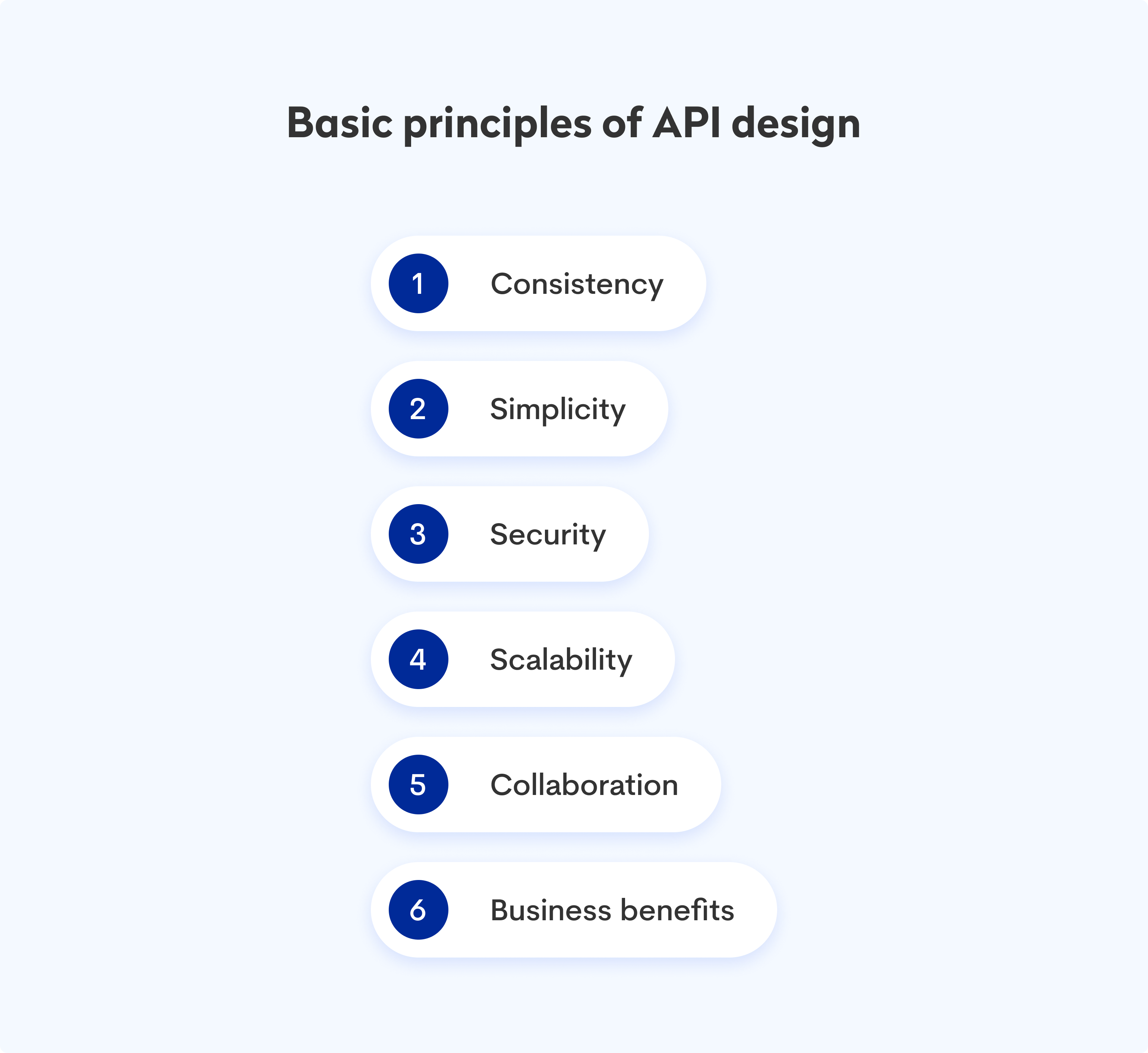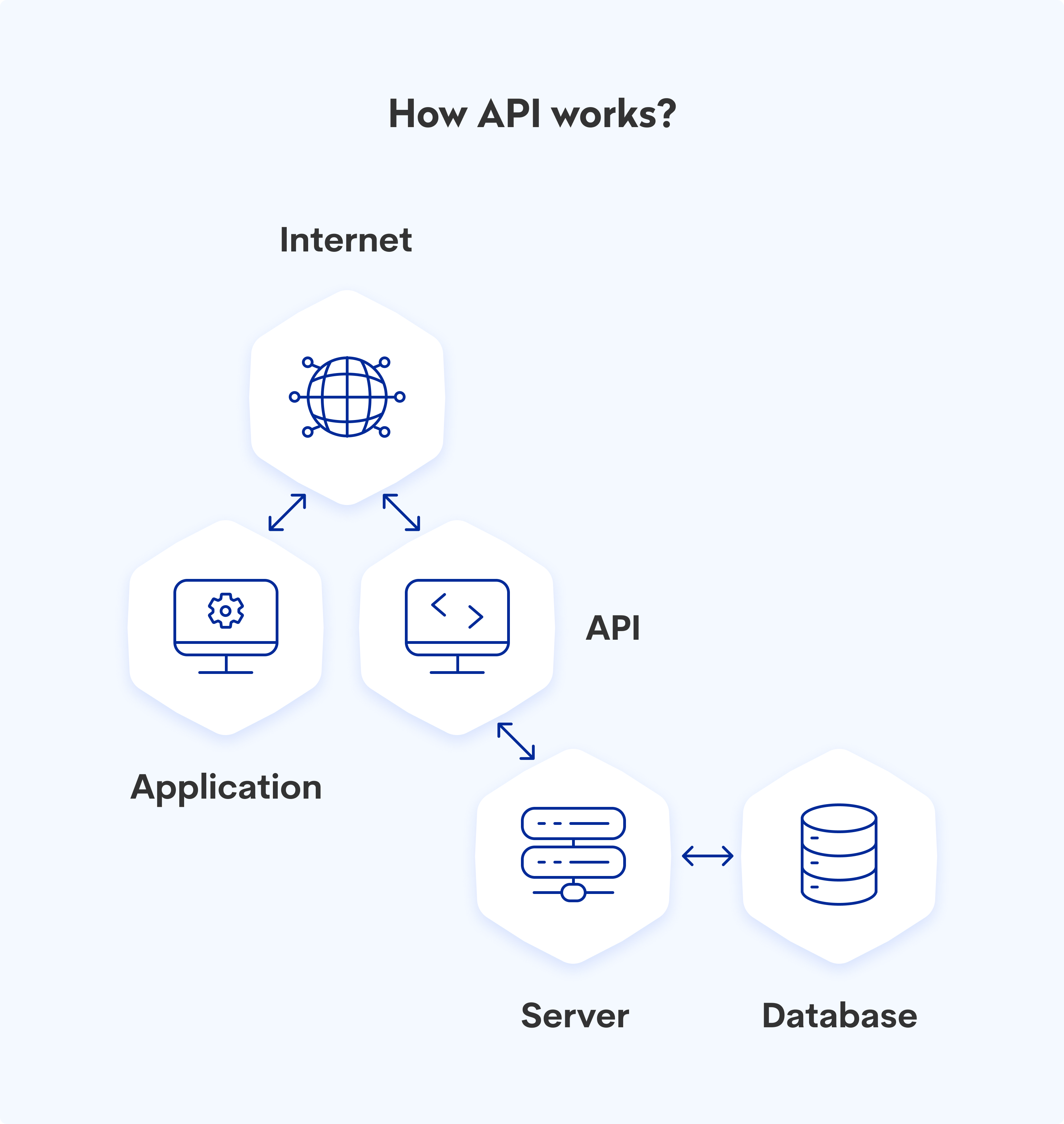APIs are the fabric connecting today’s technology with business ecosystems. Companies that utilize this architecture can monetize data, forge profitable partnerships, and open up new avenues of innovation and growth.
The ever-changing market and technology landscape contributes to a growing interest in API architectures. Companies are discovering valuable new uses for previously isolated data sources as more consumers and businesses use web and mobile applications in their daily activities. Today, interfaces enable the use of data, inspiring developers to create new business opportunities and improve existing products, systems, and operations.
Furthermore, with the ever-increasing role of digital transformation, technology trends such as artificial intelligence (AI), the Internet of Things (IoT), and the migration of large technology resources from on-premises infrastructure to the cloud are contributing to the proliferation of APIs. According to data from the Global API Management 2022-2027 Market Report, the API management market is expected to grow from $4.5 billion in 2022 to $13.7 billion by 2027, at a CAGR of 25.1%.
Many innovative companies must develop and implement an effective architecture in this dynamic environment. Today, business owners trying to find best practices for developing APIs face dilemmas about choosing digital channels to maximize profits. This article discusses the foundations of building a robust architecture that fits their digital business strategy.
What is the API architecture?
API stands for Application Programming Interface. It acts as a contract between two systems sharing data using a specific language and format, allowing developers to communicate with a given application. APIs power all the applications we use daily in some way; they are the backbone of communication.
In contrast, API architecture defines methodologies and processes for creating and running APIs. They consist of a set of components and a description of their logical interaction.
After deciding on the architecture of a specific API, the technical team creates more detailed technical requirements for the future of the interface, its tiers, lifecycle management, and monetization.
Why build APIs?
The following points explain why using APIs is important for organizations:
- It provides access to data and application logic that can be used for business purposes.
- It streamlines the organization’s internal software development processes.
- It enables interactions between microservices.
- It offers powerful integrations.
- It opens up new opportunities for growth and innovation.
How does the API work?
The principle of an API is typically expressed through a request-response communication between a client and a server. Here, the client is any front-end application with which the user interacts. The server is responsible for the back-end logic and database operations. In this scenario, the API acts as an intermediate layer between the client and the server, allowing data requests and responses to be sent.
Software requiring access to information or functions from another software calls its API, specifying the requirements for how the data/functions are to be delivered. The other software returns the data/functions required by the previous application. The interface through which the two applications communicate is called an API.
The main layers of the API
Information management layer
Data storage takes place in this layer. It ensures the APIs provide a real-time database where data accuracy, stability, and reliability are required.
Application layer
This layer contains the applications that support your organization. They can be mobile or web applications. Their primary purpose is to prepare the appropriate request payload and make an API call to the back-end server.
Integration layer
The API provides synchronous access to services between different users and devices in this layer.
Interaction layer
This is a crucial layer where customer applications, developers, and users work with the organization’s applications and data. An API gateway can aggregate these services with other services and capabilities. This makes it possible to create APIs that modern applications can use.
What are the popular API protocols?
The choice of interface protocol is one of the most critical decisions a designer makes. Technical considerations, such as the available back-end or the limitations of the IT organization, influence the decision. Furthermore, other considerations also come into play, including the API program’s business goals and developers’ needs and preferences. The API protocols that integrate application programming interfaces into their software define the standards for use, the types of data used, the proper commands to be issued, and many other API-related programming aspects.
Today’s most popular API protocols:
- Representational State Transfer (REST) – a software providing access to data through a uniform and predefined set of operations. The REST API is easy to scale and re-deploy and simple to implement and integrate with websites and services. It is among the most widely used, especially in web interactions.
- Simple Object Access Protocol (SOAP) – an interface defining a standard communication protocol specification for XML-based message exchange. SOAP is more complex than REST because it requires more information upfront about security and how messages are sent. SOAP is less popular for modern API requirements because XML is harder to debug and doesn’t have the flexibility REST does.
- Graph Query Language (GraphQL) – a database query language and server-side runtime environment for APIs developed at Facebook. The protocol aims to prioritize and provide users with the data they want. GraphQL is popular among developers because it supports the creation of fast and flexible APIs, often used as an alternative to REST.
What to consider when choosing an API architecture?
The choice of API architecture is closely related to the application’s non-functional requirements, which describe the quality criteria under which the product operates. This includes considering which design patterns to use, which architectural components to employ, and how requests and responses flow between consumers and data sources. A well-designed API architecture is easy to use and maintain, scalable, and handles data and interactions securely. It can also be extended as new technologies emerge.
Basic API design requirements
Each organization defines unique requirements for what the API architecture should be. The design includes planning for the interface’s complexity, consistency, and performance, as well as error handling and countermeasure preparation.
When designing an API, consider achieving the following goals:
1. Consistency
An API should maintain standards of consistency that guide every interaction of the application, increasing the transparency of all activities. It also facilitates collaboration between developers who build software components intending to integrate with APIs. This, in turn, facilitates feature development and reduces time to market.
2. Simplicity
Early optimizations should be avoided, and too much complexity should not be required at the initial stage. In contrast, the API is essential in providing excellent error handling.
3. Security
API security must be ensured by imposing strict rules. The API should have an additional layer of security that ensures all requests are not routed directly to the server. This is important because it minimizes the risk of a breach or unauthorized server access.
4. Scalability
All organizations are looking to expand their operations. This means that the API should be designed to enable scalability to handle increased user traffic or large amounts of data.
5. Collaboration
The API should provide the ability to reuse components in application development. This saves programming time and prevents developers from performing redundant and repetitive tasks. It also helps developers focus on trying and testing new tools, which is more valuable to the organization.
6. Business benefits
The objectives of the API design should be in line with the goals of the business in question. The target audience, users, and activities supported by the API should be defined. Applications designed to use the developed interface should benefit end users. In this way, they can attract new customers and increase the value of existing ones, significantly impacting financial returns. Furthermore, the software can be integrated with other modules of the organization, such as sales and marketing, streamlining the organization’s internal operations.
 The case of Twilio – how it succeeded with API integrations
The case of Twilio – how it succeeded with API integrations
Twilio is an interesting case of a startup that has achieved digital success by focusing on a particular need for app developers, among others, to use smartphone carrier services such as voice and text. The company currently has shares listed on the stock market and recently completed a $3.2 billion acquisition. Web APIs were the primary products that met and fueled this demand and growth.
Twilio has defined a new business model for the application economy. Recognizing that application developers wanted services with global reach, Twilio became a wholesaler of APIs. Twilio identified a gap that could be filled – connecting and accelerating service delivery, benefitting all members of the ecosystem by looking at the various users of applications or their developers. This significantly accelerated software delivery times and increased the use of operator services.
Summary
APIs are an integral part of today’s software ecosystem that extends the business capabilities of companies or applications. However, application users will only use an interface if it offers practical value to them. This means that the design, architectural factors, and practices discussed in this article must not be overlooked. Business owners and stakeholders should make informed decisions when developing APIs to realize audience needs. If you’re wondering how to implement the API architecture in your project, talk to professionals about it and build it in the most beneficial way for your business.



